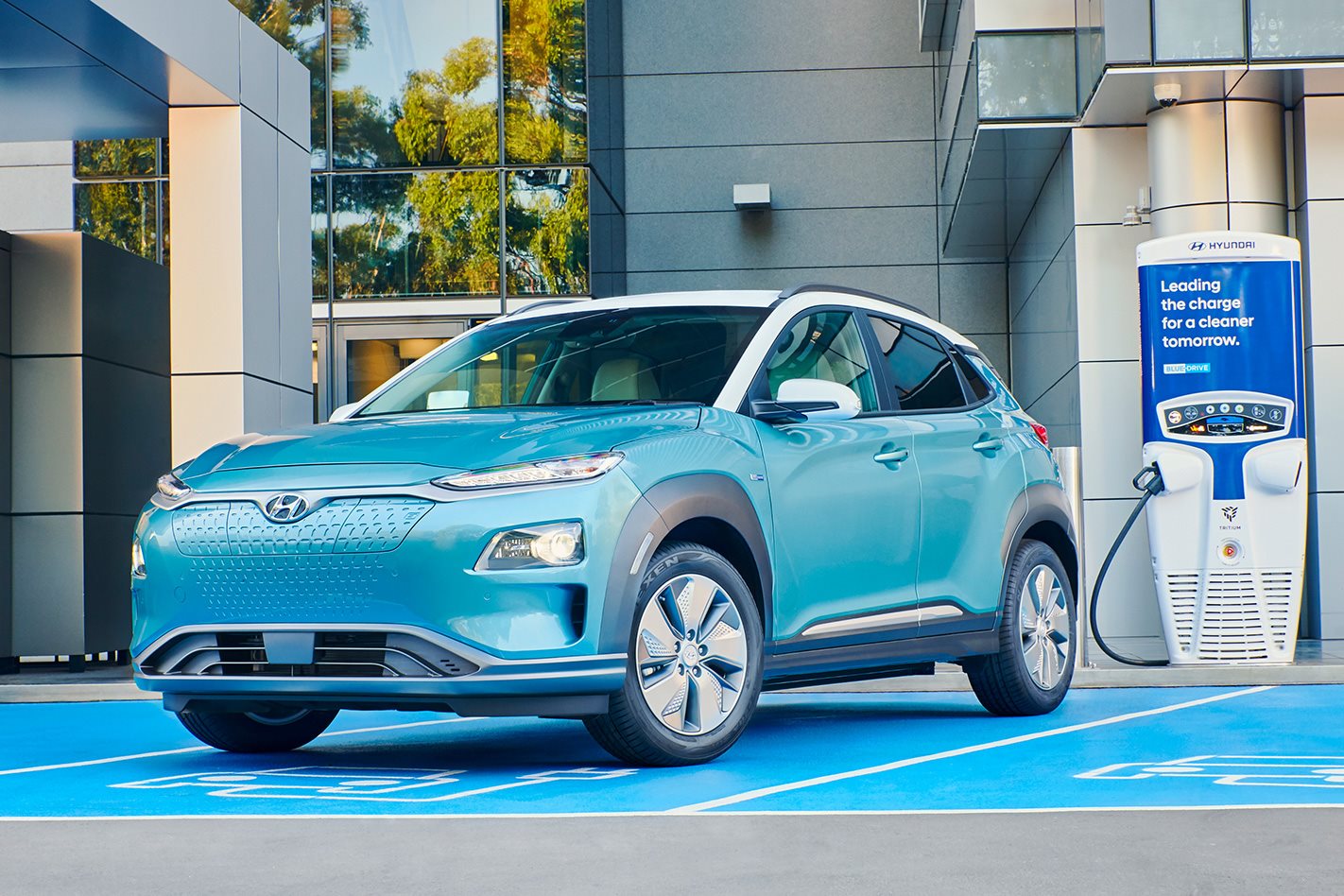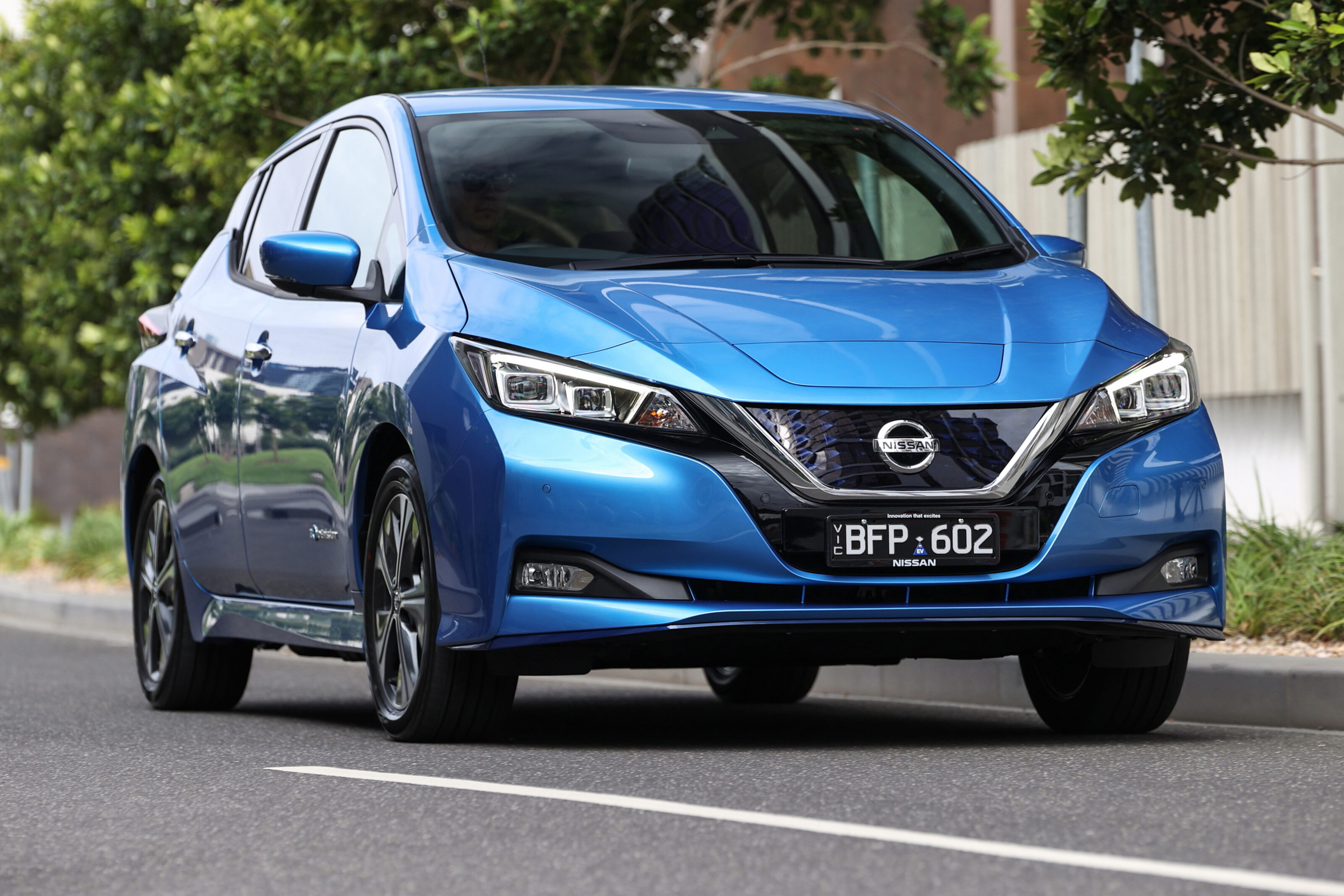
Snapshot
- LCT set at $79,659 for fuel-efficient cars and $69,152 for other vehicles
- Change benefits hybrids and EVs
- Asset write-off scheme car limit also increased to $60,733
The Luxury Car Tax threshold has risen by more than $2000 for fuel-efficient vehicles for the coming financial year, making hybrids and electric vehicles the big winners once more.
Today the Australian Taxation Office raised the Luxury Car Tax (LCT) threshold for fuel-efficient cars in 2021/22 to $79,659 compared to $77,565 previously.
The limit before the LCT kicks in for gas-guzzling motors, which are dubbed ‘other vehicles’ by the ATO because they consume above 7.0L/100km, has also gone up, rising from $68,740 to $69,152 for 2021/22.
All changes take effect as of July 1.
A spokesman for the Australian Taxation Office (ATO) told WhichCar the increases were simply annual updates based on a rise in the Consumer Price Index (CPI).

That announcement means the Tesla Model 3 Standard Range Plus, Hyundai Kona Electric, Kia Niro, Nissan Leaf and Leaf e-Plus, and Hyundai Ioniq are all currently below the threshold.
The rise marks the second time the LCT has gone up in recent years, after remaining static between 2010 and 2016 at $75,375 and then settling again between 2016 and 2020 when it was set at $75,526.
Other changes announced today include a slight increase to the car limit under the asset write-off scheme.
The yearly car limit has been raised for the 2021/22 financial year to $60,733, up from $59,136 for 2020/21, which includes stamp duty and other on-road costs. Warranted it’s not a huge jump, but might just be enough for someone to nab something a bit pricier.
The rise follows the news earlier this month that businesses with a turnover of up to $5billion will be able to deduct the full value of any new work vehicle under two years-old purchased since last October, after the Federal Government announced it was extending its instant asset write-off scheme for another year.
As part of the 2021 Federal Budget, the Government said there would be a 12-month extension to the ‘temporary full expensing measures’ until June 30, 2023.

The scheme, initially announced as part of the 2020 pandemic-hit budget last year, provides eligible businesses with a turnover of up to $5billion to claim big ticket items such as new vehicles as an expense in one financial year rather than the usual five. The changes announced earlier in May also removed the $150,000 per asset limit in response to the impact of the pandemic.
Under the current law, such businesses are entitled to write-off the value of an asset, such as a new work vehicle, purchased after 7.30pm AEDT on October 6, 2020, and first used or installed ready for use by June 30, 2022.
It means eligible buyers who are worried about taking delivery of a new work vehicle before the end of this financial year due to stock shortages now have an extra 12 months to get them on the road.
The extension also means any losses incurred up to June 2023 can be offset against prior profits made going back to the 2018-19 financial year.
Essentially the changes to the scheme allow businesses to realise the tax benefits of off-setting the cost of a vehicle against their income pool faster than they normally would, because the timeline during which an asset depreciates has been shortened.
The tax break is expected to reduce tax revenue by $17.9 billion over the forward estimates and $3.4 billion over the medium term as the measure brings forward deductions that would have been made in future years, according to News.com.au.
Got a story? Get in touch: kathryn.fisk@aremedia.com.au




